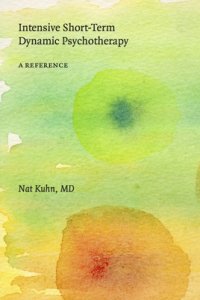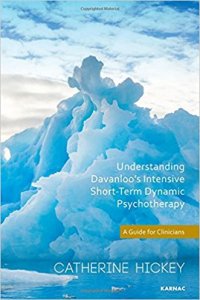Intensive Short-Term Dynamic Psychotherapy: A Reference

This comprehensive reference to Dr. Habib Davanloo's Intensive Short-Term Dynamic Psychotherapy (ISTDP) defines all of the important terms in ISTDP, providing an in-depth discussion of almost every aspect of the therapy, including clinical examples. Whether you are just starting out with ISTDP or delving into it more deeply, this book will prove to be an invaluable resource. Jon Frederickson, author of “Co-Creating Change: Effective Dynamic Therapy Techniques” and founder of the ISTDP Institute, calls it “an essential book for any therapist learning how to do ISTDP.” Robert Neborsky, MD, Clinical Professor of Psychiatry at the UCSD and UCLA Schools of Medicine, writes, “Teachers of ISTDP are going to be well served in using this text as a required reference, and ongoing students—at any stage in their career—will be able to refresh and expand their breadth of knowledge and improve their clinical technique by reading this text. Thank you, Nat, for this invaluable resource!" Stanley Messer, PhD, Dean and Distinguished Professor, Graduate School of Applied and Professional Psychology at Rutgers University, says, “In crystal-clear prose, Nat Kuhn presents exceptionally useful definitions and explanations of terms in Davanloo’s Intensive Short-Term Dynamic Psychotherapy. Illustrated with very helpful clinical vignettes, it belongs in the hands of every novice and experienced ISTDP practitioner.” And Thomas Brod, MD, Associate Clinical Professor of Psychiatry at the UCLA School of Medicine, hails it as "A masterwork!"


